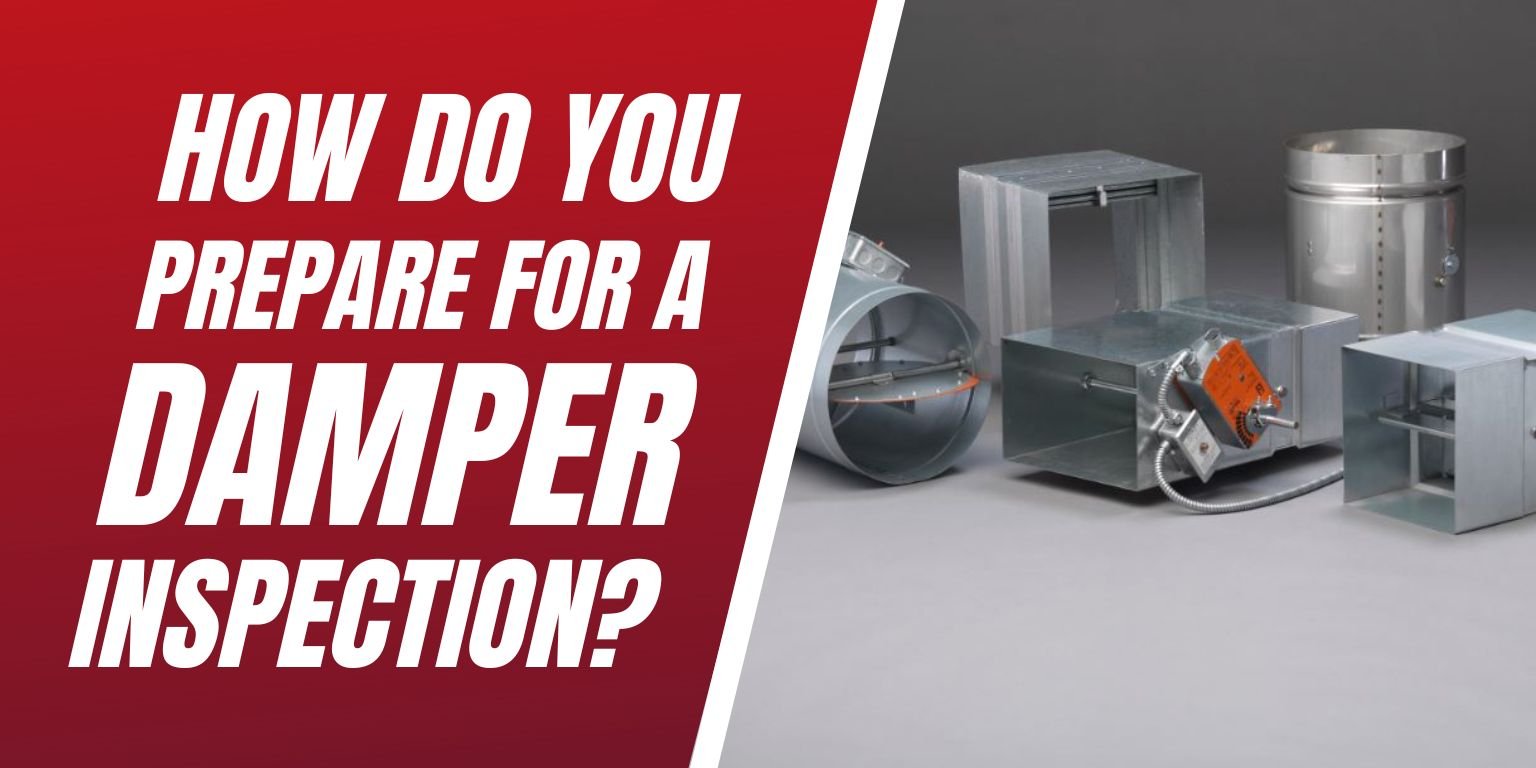
We have made it to August, which means there is only four more months left of the year. Now may be the time for your facility’s fire & smoke damper inspection. Since dampers are located in the ventilation of a facility, they are hidden from view making them easy to forget about, and therefore more likely to become deficient. Whether your facility is due for a fire and smoke damper inspection or not, it might be a good time to start preparing.
Four Steps To Help You Prepare For Your Next Damper Inspection
Fire and smoke damper inspections are just one of the many aspects of your facility’s barrier management that is important to the integrity of the building and lives of its occupants. They help to compartmentalize your building by preventing the spread of flames and smoke through the ventilation system in the event of a fire. This is why it is important to ensure your facility’s dampers are properly maintained and working. However, since dampers inspection aren’t performed on an annual basis, it can be a difficult to remember how to be prepared. Don’t sweat it though, to help you prepare, here are four simple steps to follow:
1. Know When You are Due for Your Inspection
The National Fire Protection Association (NFPA) requires that facilities shall have a damper inspection every 4 years, except for healthcare facilities, which should have an inspection every 6 years. However, if your building is new or has recently undergone renovations, dampers should be inspected and tested one year after installation. Knowing when your next inspection is due can help you avoid any citations or penalties.
2. Find Your Previous Report
Your last inspection report will tell you how many fire, smoke, and combination dampers are in your facility, and which ones, if any, should have been repaired following the last inspection. It should also show dampers that were inaccessible, that may take a little extra time to ensure they are inspected properly. Having any previous reports handy will help you have an idea of how long the inspection will take and help you schedule appropriately.
3. Provide Life Safety Drawings
The facility’s Life Safety drawings are essentially a map of your facility's fire and life safety protection systems. Having these drawings ready will help the inspection process go quicker and smoother. They will help the inspector know exactly where to look for each damper. Providing these maps to the inspector will allow for the job to be finished in a timely manner.
4. Schedule Your Inspection In Advance
Scheduling your damper inspection in advance will help ensure that you will have a set date and time. Making sure that you have a set date and time out of your schedule will guarantee that your inspection will be done in time.
Life Safety Services Damper Inspections
LSS can provide fire and smoke damper inspections per code requirements. Above all, expert LSS technicians will assist you in keeping your facility in compliance with all local and state building codes. The National Fire Protection Association (NFPA) and the International Building and Fire Codes require regular maintenance of fire and smoke dampers. Authorities Having Jurisdiction (AHJ’s) such as the Joint Commission, fire marshals and insurance risk auditors enforce these requirements.
LSS’ fire damper inspection and smoke damper inspection services include:
- Inspection of fire dampers, smoke dampers and combination fire/smoke dampers 1 year after installation for all facilities. Every 4 years thereafter in non-healthcare facilities, every 6 years in hospitals.
- Locate and operate (i.e. actuate) all fire dampers and smoke dampers in your facility. Removing and resetting the fusible link to verify the damper fully closes.
- Mark the location of the dampers on drawings, AutoCAD plotting available.
- Manually activate electric smoke dampers and pneumatic smoke dampers. This is to ensure that the actuator is operable and to verify it fully closes.
- Provide a web-based master report via our exclusive reporting software, listing all code required information: location of damper, damper number, whether the damper passed or failed, and detailed reason for failure.
- A summary report providing statistical review of the fire and smoke damper inspection project. Provides a “snapshot” overview of the condition of your facility.
- “Before” and “After” pictures of every damper.
Once the damper inspection is complete and you have received your report, make sure to schedule repairs that need to be done as soon as possible. According to NFPA, dampers that are found inoperable must be repaired without delay.
Contact Us Here or call 888-675-4519

